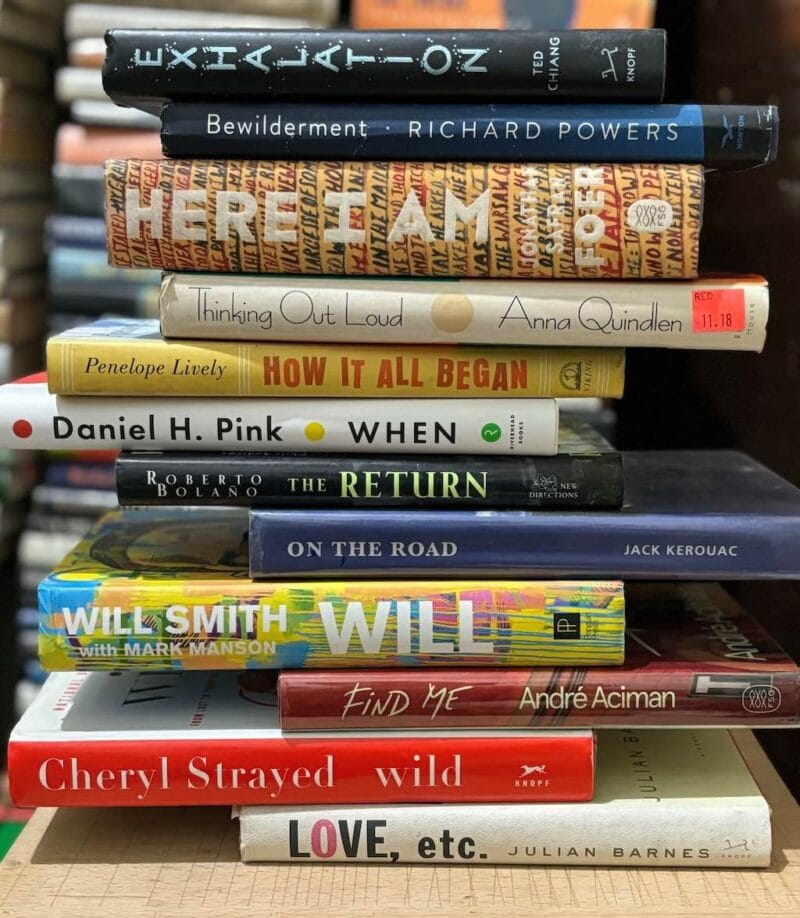A character arc traces the path of transformation a figure undergoes from the story’s beginning to its end. It is the measurable change in their beliefs or moral alignment, often produced in response to the story’s central conflicts. For the reader, identifying this arc involves discerning the narrative’s underlying proposition: the potential for experience and decision to alter a person’s fate and consequence.
This transformation is the core mechanism of a story’s emotional and thematic effect. While the writer builds this arc from a foundation of character development, the reader encounters it as a completed structure revealed entirely through the techniques of characterization. Analyzing its contours (type, catalysts, and resolution) reveals how the narrative connects external events to internal change, turning a sequence of happenings into a meaningful psychological journey.
The Taxonomy of Change
Character arcs are categorized by the direction and nature of a character’s internal shift. This shift, rather than external plot events, defines the arc’s type. Recognizing these categories helps a reader identify the narrative’s fundamental argument about change, growth, or stagnation.
The Positive Change Arc
This common arc follows a protagonist who begins with a flaw, misconception, or unmet need. Through the story’s conflicts, they confront this limitation, often suffering for it, and ultimately achieve a new understanding or moral alignment that integrates the lesson learned. The arc argues for the possibility of personal growth. Elizabeth Bennet’s journey in Jane Austen’s Pride and Prejudice (1813) from biased judgment to clear-sighted self-awareness is a prime example of this pattern.
The Negative Change Arc (or Corruption Arc)
Here, a character fails their central moral test. They may begin in a state of relative neutrality or virtue, but through choice or compromise under pressure, they deteriorate into a worse version of themselves. This arc traces a descent into tragedy, villainy, or nihilism, arguing for the corrosive impact of circumstance or choice. Shakespeare’s Macbeth provides the classic template for how one’s ambition consumes nobility.
The Flat or Static Arc
A character undergoing a flat arc does not experience fundamental internal change. Instead, they possess a core truth or belief from the outset, which the narrative’s events test and ultimately validate. The change occurs in the world around them or in other characters they influence. This arc asserts the power of steadfast conviction. Sherlock Holmes, whose brilliant, unwavering method solves each case, operates on a largely flat arc, serving as a fixed point against which disorder and mystery are measured.
Catalysts and Structure
The progression of a character arc is not random. It follows an internal logic where specific narrative events (catalysts) force the character to engage with their central flaw, desire, or belief. For the reader, tracing the connection between these catalysts and the character’s evolving responses is key to understanding the mechanics of transformation.
Catalysts of Change
A catalyst is an event that challenges the character’s established state and demands a response. Common catalysts include:
- The Inciting Incident: The event that presents the core problem or opportunity, establishing the central conflict.
- Moments of Crisis: Major setbacks or moral dilemmas that test the character’s current worldview or strategy, often forcing a difficult choice.
- The Climax: The final, decisive confrontation where the character’s accumulated learning or corruption is put to its ultimate test, resolving the arc.
Phases of the Arc
While plot structures vary, the internal journey of a character often moves through identifiable phases that signal their psychological state:
- The Established Self: The presentation of the character’s initial condition, including their flaws and desires, as established through character development.
- The Struggle with Change: The period where catalysts challenge the initial condition. The character may resist, adapt poorly, or begin a hesitant evolution, revealed through their actions and decisions (characterization).
- Integration or Refusal: The final phase where the character either synthesizes the story’s lessons into a new self (positive arc), solidifies their decline (negative arc), or confirms their original belief through action (flat arc).
Analyzing which events serve as catalysts and how the character moves through these phases reveals the author’s design, showing how plot is engineered to produce a specific psychological effect.
Interpreting the Arc’s Conclusion
The resolution of a character arc carries the narrative’s final statement on the possibility and price of change. A reader’s interpretation hinges not just on the plot’s outcome, but on assessing the nature of the resolution and its alignment with the character’s journey.
Questions for Analysis:
- Earned or assigned? Does the conclusion feel like a direct consequence of the character’s key choices, or does it seem imposed by external plot mechanics?
- Integrative or isolating? Does the resolution integrate the changed character into a renewed world, or does it leave them alienated from their previous life?
- Ambiguous or definitive? Does the conclusion allow for multiple interpretations of the character’s final state, or does it provide a clear, closed ending to their transformation?
- Thematic resonance: How does the arc’s final note reinforce or complicate the work’s central themes? A positive arc ending in sacrifice offers a different argument than one ending in reward.
The Function of the Arc’s End
The final narrative position of the character serves as the ultimate evidence for the story’s argument. A tragic conclusion following a negative arc presents a cautionary statement. A qualified victory after a positive arc may argue that growth is possible but costly. A flat arc’s triumph asserts that certain truths remain valid despite opposition. By scrutinizing this endpoint, the reader can evaluate the coherence of the entire transformative journey and the specific commentary on human experience the narrative proposes.
Further Reading
Character arc on Wikipedia
The Importance of a Nuanced Character Arc by Kristen Overman, Good Story Company
Different Characters Need Different Arcs — Here’s Why by Heroic Books, Medium
Whats the difference between a character arc and character development on Reddit




